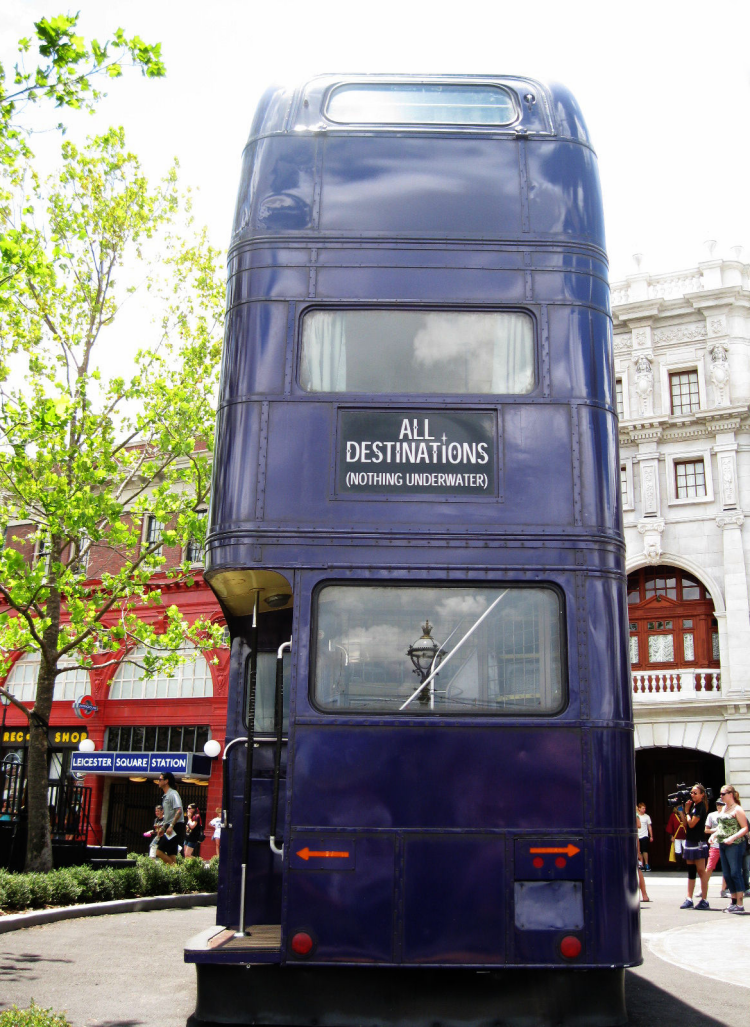

It does not matter which way the connector is plugged in.

UNIVERSAL BUS FULL
USB offers five different transfer speeds: 1.5 MBit per second (called low speed), 12 MBit per second ( Full Speed), 480 MBit/second ( Hi Speed), 5Gbit per second (called super speed), and 10 Gbit/s (“super speed+“). It optionally uses a different connector called USB Type-C, which is reversible (meaning you can plug it in both ways). USB 3.1 was released in 2016 and doubled the speed of 3.0. It is a reversible connector, which means that you can plug it in both ways.ĭifferent standards Ĭurrently, five different USB standards are used: USB 1.0, USB 1.1, USB 2.0, USB 3.0 and USB 3.1. Today it represents the most widely used USB device. 1998 - USB becomes the most popular technology on the market of electronics.1997 - USB Implementation Forum became richer with 60 more companies.1996 - More than five hundred USB products were already developing around the world.1995 - 340 companies formed the USB Implementation Forum.1994 - Seven companies united to begin the development of USB.The USB logo was in development for several months. The logo of the USB device also has its own history. During the meeting, the representatives of about 50 companies connected their USB devices to one general host system. They selected a hotel that included rooms for sleeping and for testing. Several years earlier, adopters and developers of USB held a meeting called Plugfest at a special hotel in California to test their devices. The bus was introduced by seven companies which represent the leaders in the industry of information technology: Compaq, IBM, Intel, Microsoft, NEC, Northern Telecom, and Digital Equipment Corporation (DEC). Today, USB connects a computer or other devices like laptops and MP3 players to peripheral devices. Since the introduction of USB, people that make electronic devices thought about how it could be used in the future. This new technology became an instant success.

UNIVERSAL BUS SERIAL
The first version of the Universal Serial Bus was created in 1995. These old standards are still used for a few jobs where USB cannot replace them. Those include the parallel port, serial port and SCSI. That allows gadgets like USB battery chargers, lights, and fans.Īs of 2015, USB has mostly replaced several older standards. Devices that only need a little power can get it from the bus, and do not need a separate electric power plug. USB can provide a small amount of power to the attached device through the USB cord. The computer does not need to be turned off for people to change the devices. "Hot swapping" means it can be plugged and unplugged while the power is on. This technology is called "hot swapping". The device can be removed after it stops being used.
UNIVERSAL BUS SOFTWARE
The computer sometimes installs special software to use the device.
UNIVERSAL BUS FREE
This means that a device can be plugged into a free socket, and simply work. The standard was made to improve plug and play devices. There are over six billion USB devices around the world. Most people use USB for computer mice, keyboards, scanners, printers, digital cameras, and USB flash drives. USB connects different devices using a standard interface. USB is also used on other devices, such as smartphones and video game consoles. The Universal Serial Bus ( USB) is technology that allows a person to connect an electronic device to a computer.


 0 kommentar(er)
0 kommentar(er)
